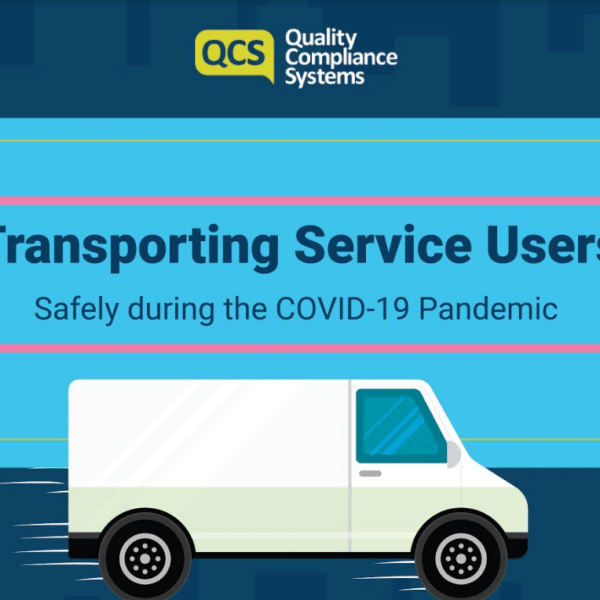I was thinking about going camping, just for a couple of days……a ‘staycation’ with a vision of simple living and nature. What is holding me back……… the journey! So much involved, the planning, packing, long periods in the car, and traffic!
Planning any journey is a challenge, but in this modern day with COVID-19 considerations, we have so many additional things to consider before we even contemplate getting near the car to be safe.
So as care providers how do we support service users who are ready, want to or need to travel?
GOV.UK advises that the first thing providers must do is create a risk assessment that will:
- Identify the risks arising from coronavirus
- Inform the decisions and control measures that you need to put it in place
This risk assessment needs to be reviewed to ensure it remains relevant and appropriate.
Following the risk assessment, it is good practice to write a list of everything that the service user will need for the journey, as well as having a checklist for the escort to complete that covers the main actions identified within the risk assessment.
- Wherever possible, public transport should be avoided. Therefore, if using a car or minibus to transport service users, you need to (where possible) ensure there is ventilation at all times by opening the windows during the journey and provide a face mask for the driver and face protection for the service user (unless there is a legitimate reason for them not to wear one). If using a minibus, try to maintain social distancing measures of 2 metre spacing between seats etc. and travel side by side or behind other people
On the day of travel, the service user should not travel at all if they:
- Are experiencing any coronavirus symptoms
- Are self-isolating as a result of symptoms, or someone else in the service has symptoms
- Are clinically extremely vulnerable and live in an area where additional public health measures mean they have been advised to resume shielding
- Have been advised by the NHS test and trace service that they should self-isolate
During the journey, be mindful that there may be an increase of cyclists and pedestrians, especially during peak times. If a stop is necessary (e.g. for petrol), minimise the time spent there, maintain social distancing and pay cashless where possible. Hands should be washed for at least 20 seconds (or sanitised) when exiting or re-entering the vehicle.
After the journey the car must be cleaned using standard cleaning products, paying particular attention to the door handles and areas that will likely to have been touched.
Finally, the only people that should be transporting service users are those that are trained and competent to do so, have the appropriate insurance and documents in place, understand and comply with company driving policies and procedures and fully understand the areas discussed within this article.
For further information, you can refer to the Department of Transport (GOV.UK) or the CTAUK for their national guidance around travelling during the COVID-19 pandemic.
So in context, my camping journey is a doddle, the camping has been booked, let the planning begin……..




